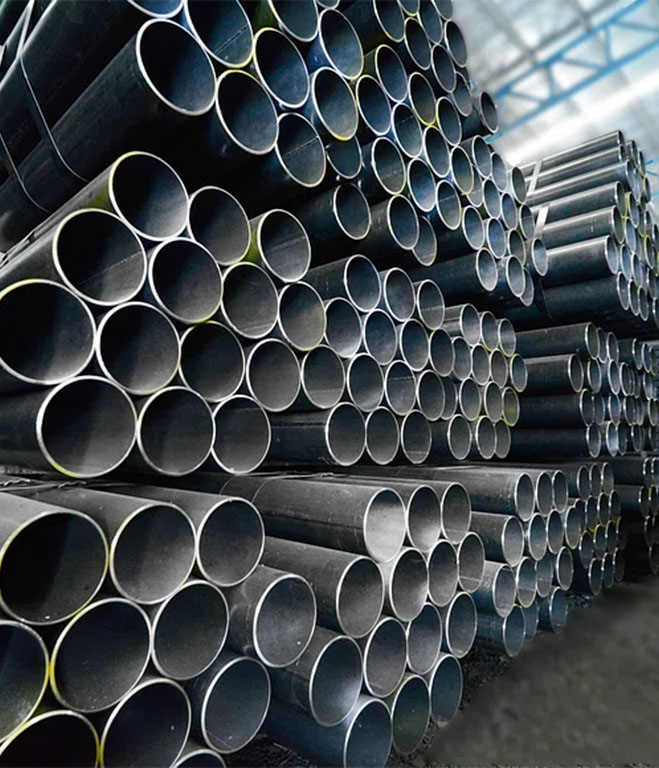
Plate Processing Company
What Makes Sheet Metal Good for Plate Forming and Rolling
What Makes Sheet Metal Good for Plate Forming and Rolling
Sheet metal has some unique properties that make it perfect for forming and rolling operations. When it comes to sheet metal plate forming and rolling in Houston, understanding these characteristics helps explain why this material is so popular across different industries.
The main reason sheet metal works so well is its ability to bend and shape without breaking or cracking, while still maintaining its strength once formed.

The Right Balance of Strength and Flexibility
Sheet metal hits the sweet spot between being strong enough to hold its shape and flexible enough to bend into curves and angles. This balance is what makes forming and rolling possible in the first place.
When you try to bend something too hard, it breaks. When you bend something too soft, it doesn't keep its shape. Sheet metal gives you the best of both worlds - it bends when you want it to, then stays put once it's formed.
Material Properties That Matter
Ductility is basically how much you can stretch and bend the metal before it starts to crack or tear.
Grain structure also plays a big role. Metals with fine, even grain structures form more smoothly and are less likely to develop weak spots during the bending process.
Thickness Makes a Difference
The thickness of sheet metal affects how well it forms and rolls. Thinner sheets are easier to bend and can make tighter curves, but they might not be strong enough for some jobs.
Thicker plates need more force to form but hold their shape better and can handle more stress once they're installed.
How the Metal Behaves Under Pressure
When sheet metal gets formed or rolled, it goes through something called plastic deformation. This means the metal actually changes its internal structure permanently, which is why it stays in the new shape.
The key is applying pressure gradually and evenly. Rush the process, and you might get cracks, wrinkles, or uneven curves. Take your time, and the metal flows smoothly into whatever shape you need.
Temperature Effects on Forming
Most sheet metal forming happens at room temperature, which is called cold forming. The metal is easier to control this way, and you get more precise results.
Some tougher materials work better when they're heated up slightly, but not red-hot like blacksmithing.
Surface Quality and Finish
Good sheet metal for forming should have a smooth, clean surface without scratches, dents, or rough spots. These surface defects can turn into stress points that cause cracking during the forming process.
The surface finish also affects how the metal flows through the forming equipment. Smoother surfaces slide better and create more even curves with less chance of marking or scratching.
Why Some Metals Work Better Than Others
Work hardening is something that happens when you bend metal - it actually gets stronger and harder in the areas where it's been formed. This is usually good because it makes the final product stronger, but it can make complex forming operations more challenging.
Springback and Memory
All metals have some "memory" - they try to return to their original shape after being bent. This is called springback, and it's something that has to be accounted for during forming.
Experienced operators know how much extra bend to put in so that when the metal springs back a little, it ends up exactly where it should be.
The Bottom Line
Sheet metal works well for forming and rolling because it combines strength with flexibility in just the right proportions.
Whether it's simple bends or complex curves, service providers of sheet metal plate forming and rolling in Houston takes advantage of these natural properties to create everything from architectural elements to industrial equipment. The key is matching the right type of sheet metal to the specific requirements of each job, considering factors like thickness, material type, and the complexity of the shapes needed.


